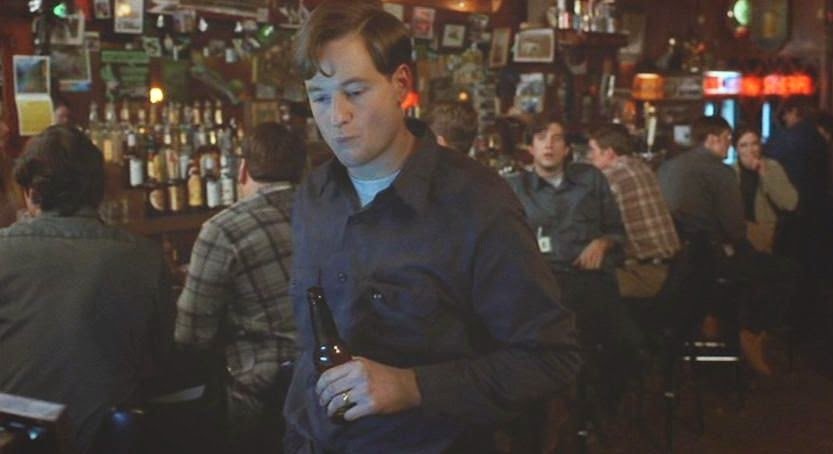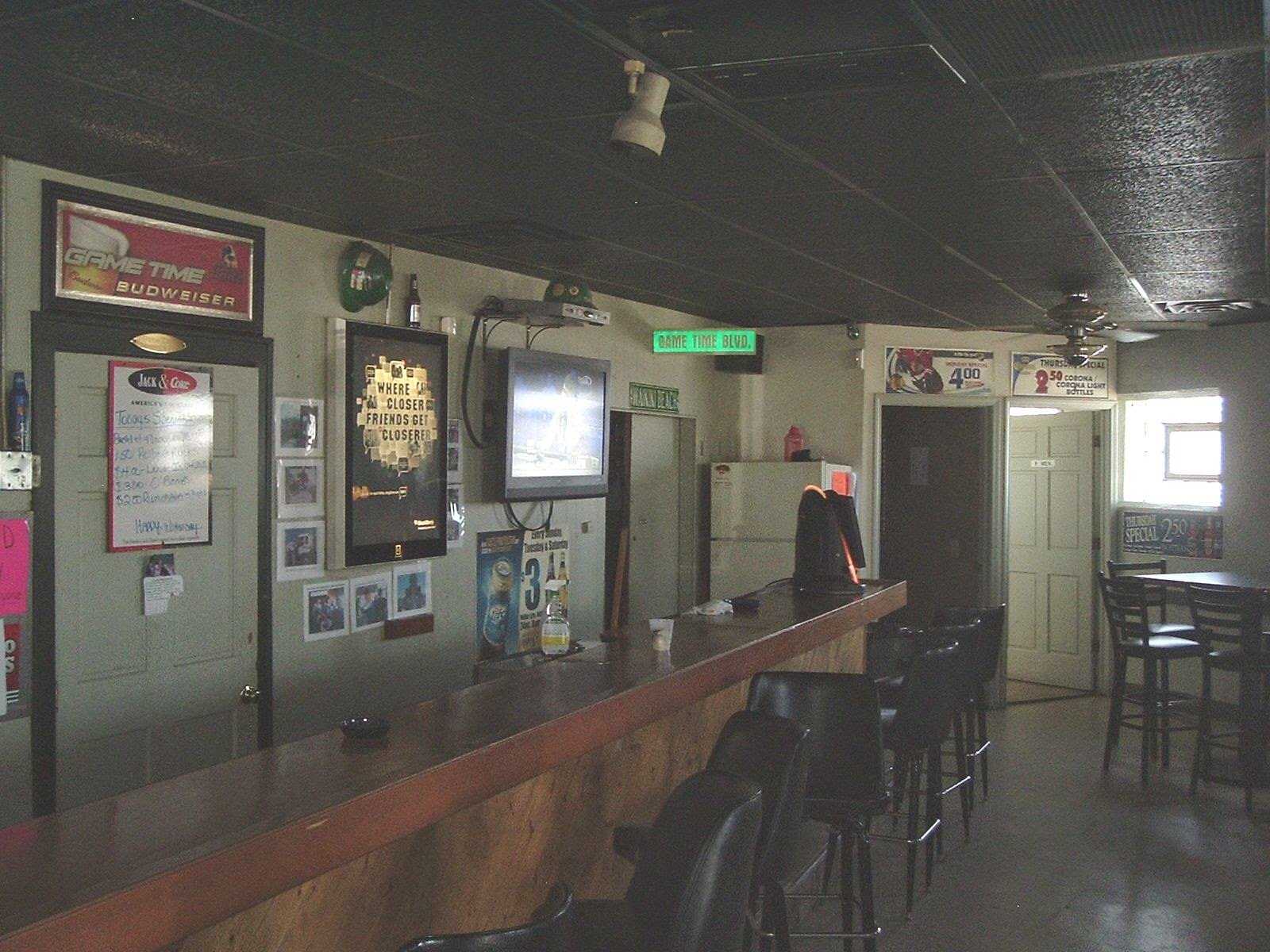From Rudy to Rockne
Anthony Borgo October 2022
Outlined against a blue-gray December sky, the Four Horsemen rode again. In dramatic lore they are known as Famine, Pestilence, Destruction and Death. These are only aliases. Their real names are Sean Astin, Ned Beatty, David Anspaugh and Daniel “Rudy” Ruettiger. These men did not appear on the gridiron, but on the streets of Whiting, Indiana.
In 1992, Whiting was one of the locations where the movie Rudy was filmed. Rudy is considered by many to be among the best sports movies of all time. The movie, which was produced by Tri-Star pictures, is based on the life of Rudy Ruettiger. The film chronicles Rudy’s legendary rise from walk-on to actually playing in the final minutes of Notre Dame’s victory over Georgia Tech in 1975.
The film reunited director David Anspaugh and screen-writer Angelo Pizzo, who teamed up to make Hoosiers in 1986. While in pre-production, Lisa Duda, project coordinator for the Indiana Film Commission, spoke about the movie coming to Whiting. “The screenplay calls for some locations that would be middle-class neighborhoods like those in Joliet where the story’s main character grew up.” Whiting fit the bill and in December of 1992 the film’s cast and crew began to transform Whiting’s 119th Street into a 1950 sound stage.
Sunbeam Productions, which handled the logistics of the production, planned to bring in snow making machines because the scenes in Whiting needed to look like Christmas time. Nature, however, provided its own snow and gave the production team what it needed. Unfortunately, many of the Whiting landmarks which appeared in the film are now gone, including the railroad tracks that ran to the south of Standard Avenue.
But, this isn’t the only connection that Whiting, Indiana has with the Blue and Gold. In 1927, legendary football coach Knute Rockne made an appearance in the city by the lake. On November 17, 1927, Knute Rockne was the principal speaker at the first-annual banquet of the Catholic Slovak Athletic Association.
The event was held at Whiting’s Memorial Community Center in order to accommodate the large crowd. Through the efforts of Reverend John J. Lach, Rockne was persuaded to attend this event, which marked the first-time the coach had spoken in the Calumet region. Tickets for the banquet were sold at the Nipsco stationery store in Hammond, the Gary Knights of Columbus, the Oleska Funeral Home in Indiana Harbor, the Whiting Community Center, and through Charles O’Drobinak with the Bank of Whiting.
According to a Lake County Times article, Rev. Lach of the Immaculate Conception Church and president of the athletic association urged everyone to come prepared in one of the most interesting events in the history of the city of Whiting. “I want everyone to come with a smile on his face and help make this the jolliest banquet and dance ever staged in Whiting.”
In addition to Rockne, several prominent men in major league baseball also addressed the crowd at the banquet, namely Ray Schalk, Brick Owens and Whiting’s own Johnny Mostil. Schalk, at the time, was the leading catcher of the American League and manager of the Chicago White Sox. Brick Owens was an American League umpire. And, Mostil was an White Sox outfielder and resident of Whiting, Indiana. In addition to the sports royalty on hand, talks were also given by Rev. C. Mungoven of Valparaiso and Whiting Mayor Walter Schrage.
Lach also arranged for a complete program of entertainment. Timothy Galvin of Hammond served as toastmaster. Likewise, Harry Glair of the Standard Oil Company sang before the event kicked off. The famous Walters quartet, Miss A. Preda, soprano, accompanied by Mrs. M. Crites, Tommie Jancosek, harmonica artist from station WOK, and the Immaculate Conception choir provided the entertainment. In addition, the Twin-City Nighthawks provided the music for the night’s dancers, which lasted well past midnight.
Rockne was greeted by an orchestral rendition of Notre Dame’s famous victory march. The Community Center gymnasium was decorated in the colors of the Fighting Irish. Suspended from the balcony was a banner which read “Welcome Knute Rockne.” According to a newspaper account of the night’s festivities Rockne was not only highly entertaining, but also keenly enlightening.
Ray Schalk
“When he called himself a dumb football coach, he drew a spontaneous laughter that belled the implication. And when he related that he was too modest to tell why his team lost to the Army last Saturday, the audience respectfully refrained from any demonstration.” Rockne went on to liken his football players to that of successful business men but determined that speed and courage were necessary qualifications on their resume.
Rockne went on to talk about the disparity between his players. “I have an offensive lineman worth $5,000,000, while another playing beside the millionaire was forced to wear a long coat on campus because he had no seat in his pants.” He then addressed the youth in attendance. “Only the determination to succeed and the willingness to work like a dog every minute of the day were the necessary attributes to be a success on the football field, in college, or in the business world.”
Before leaving to catch a train to Ames, Iowa, where his team was set to play the Iowa State Cyclones, he left the audience with one last bit of knowledge. “Education is in the grasp of all and I exhort the youth of Whiting to aspire for higher education, regardless of the handicaps, because it is the most valuable asset in life.”
Johnny Mostil
Rockne was followed by Ray Schalk, who drew a tremendous applause when he invited the youth in the community to White Sox Park as his invited guests. Brick Owens addressed the crowd next. Both Schalk and Ownes praised Whiting’s golden boy Johnny Mostil calling him one of the most respected and loved athletes. Finally, Mostil rose and modestly thanked his well-wishers and promised that he would do his best to justify their regard for him next summer. “It was a night that will go down in the history of Whiting as the greatest ever held here, not only in point of civic greatness, but also as one that was successfully conducted from the opening minute until the final.”




